Best Preventive Maintenance for Your Car
From spark plugs and engine oil to car batteries and serpentine belts, here’s what you need to know about staying on top of your car maintenance.
 iStock
iStock
Is your car getting the preventive maintenance it needs? Preventive maintenance can minimize the risk of breakdowns and increase the life span of your car. Effective preventive maintenance can help you or an auto technician catch probable issues and make repairs before the repair gets more complicated, resulting in lower costs over the life of a vehicle.
So, follow along as we share tips for the upkeep of various parts of your vehicle.

Preventive maintenance for spark plugs
Keep your car starting smoothly and running longer with appropriate spark plug upkeep.
What is a spark plug?
A spark plug is an electrical part that is housed in the cylinder of an internal combustion engine. Its role is to ignite the air and fuel mixture in order to start the vehicle.
Signs you may have bad spark plugs
You may have bad spark plugs if your vehicle is having difficulty starting, shaking while idling, exhibiting decreased fuel economy, misfiring, accelerating slowly or making knocking noises in the engine.
How often to change spark plugs
Always consult the owner’s manual for your vehicle and the recommendations for the particular spark plugs that you purchased, but it’s common to change spark plugs every 30,000 miles.
If the average American of age 20 to 54 drives just over 15,000 miles per year, you’re looking at changing spark plugs approximately every two years. To avoid causing damage to your vehicle, it’s best to change them before they begin to show signs of failure.
Spark plugs cost
For parts, there is a range of costs, but you can typically expect to pay under $20 per spark plug. Multiply that price by the number of cylinders in your engine and you’ll have the rough cost for parts.
For labor, contact a mechanic near you for an estimate based on the year, make and model of your vehicle. Some vehicles require more labor, as the spark plugs are harder to access in some models, but it is generally a smaller, simpler fix.
 iStock
iStock
How to clean spark plugs
It’s possible that you may be having spark plug issues but don’t have to replace them.
To examine your spark plugs, first disconnect your car battery to help prevent electrical accidents.
Next, locate the spark plug wires around the cylinders and follow them to the spark plugs themselves. You may find buildup and grime in those areas. If you do find buildup, clean the area with light grit sandpaper or a wire brush.
Remove the first spark plug you want to clean with a socket wrench. If you find light debris, buildup or grime, you can remove that with sandpaper. Avoid oversanding as this can damage the spark plug. Once you’ve cleaned it off, screw the spark plug back into the engine and repeat the process with the others.
If your spark plugs are heavily coated with buildup, you’ll likely need to replace them.
Cleaning your spark plugs annually and replacing them as necessary can help you save money on parts and labor in the long run.
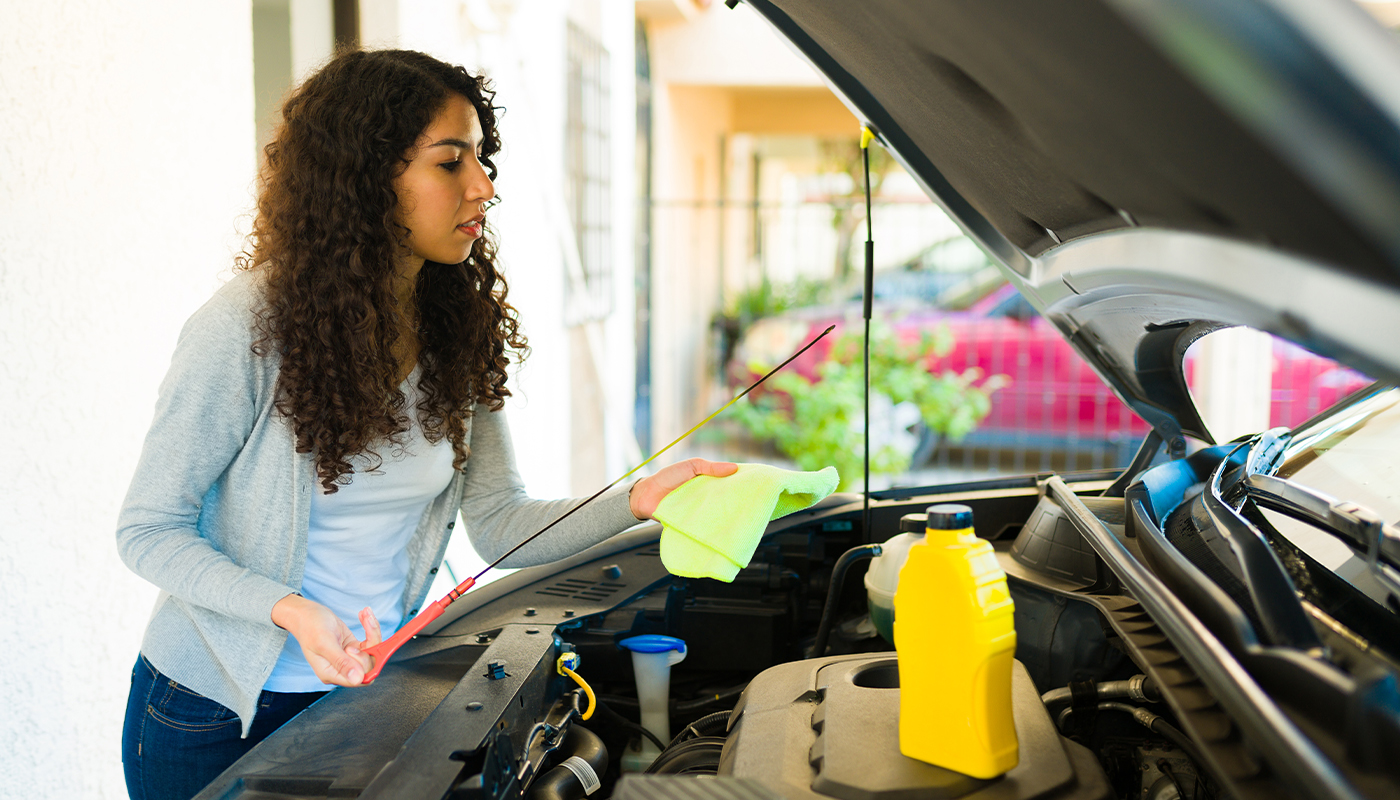 iStock
iStock
Preventive maintenance for engine oil
When performing preventive maintenance on your vehicle, be sure to check for the following engine oil issues.
Low engine oil pressure
As with spark plug issues, low engine oil pressure can result in rough idling, sluggish acceleration, unusual engine noises and more.
Overheating may also be telltale sign of low engine oil pressure.
Preventive maintenance on your engine oil, oil pump and oil pressure sensor may help prevent these common issues. Most of this can be addressed by checking your engine oil one or two times a month.
Keep an eye out for the low engine oil pressure warning light—this may save you a headache by alerting you to a problem before other signs and symptoms begin.
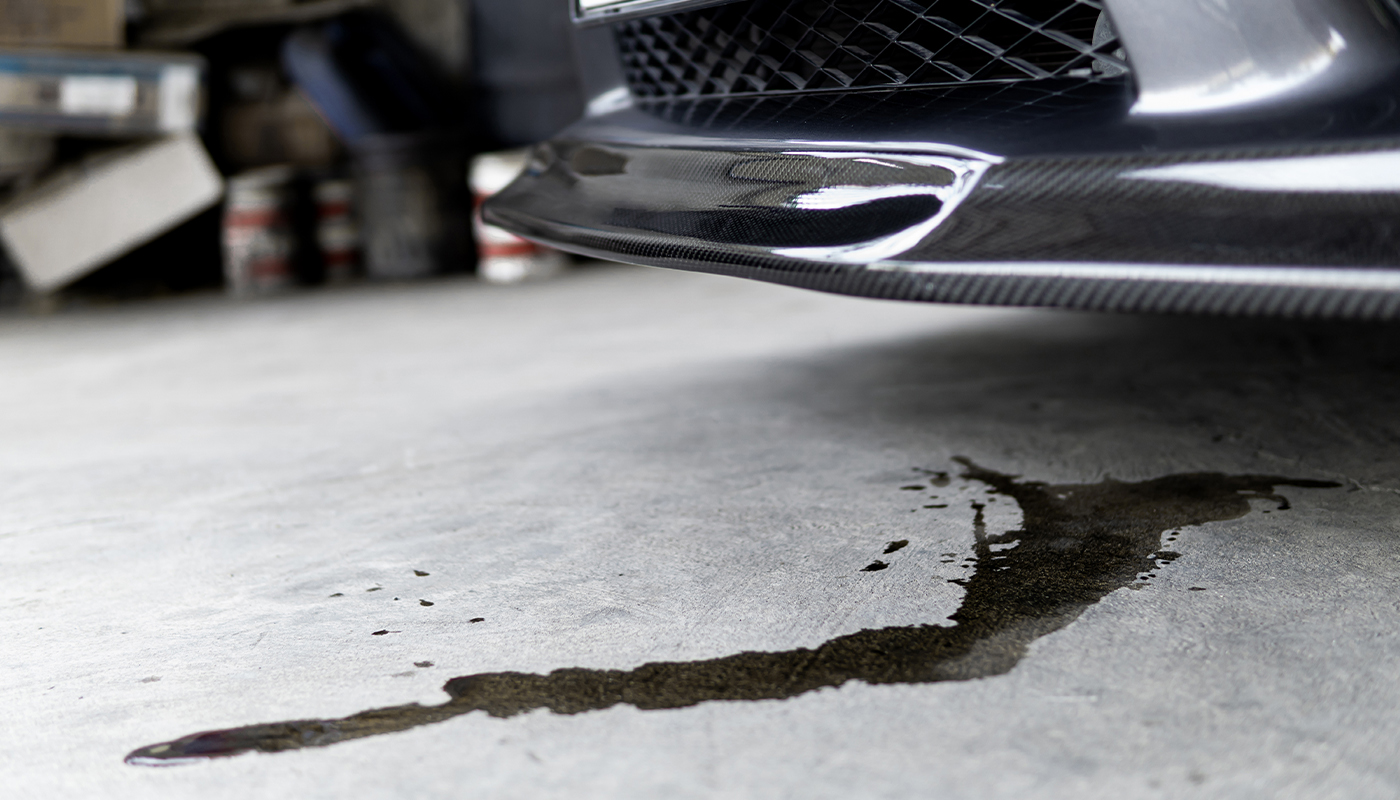 iStock
iStock
Engine oil leak
The best way to prevent engine oil leaks is by staying on top of oil changes. Oil changes must also include replacing the oil filter, as old filters are a leading cause of engine oil leaks. They wear over time and sometimes lose their ability to keep oil properly sealed off.
You should also routinely check your gaskets. If the wrong ones become cracked and worn, you may start to experience an engine oil leak. Check for oil leaks, cracks and wear on oil pan gaskets, cylinder head gaskets, timing cover gaskets and valve cover gaskets.
Also on the list of usual suspects for oil leaks are seals. Check the seals on your crankshaft and camshaft. As these wear out, they will sometimes give way to leaks that result in oil pooling under your vehicle.
These seals can be difficult to access, so you may want to consult a professional if you suspect a bad seal. As far as preventive maintenance goes, your primary job is to keep the oil and filter fresh, and then monitor for leaks. If you see one, address it as soon as possible.
Burning engine oil
Burned engine oil can occur when faulty parts fail to keep the oil from getting into the combustion chamber. This causes the oil to burn up in the engine, giving off a distinctive burnt-oil smell.
Valve seals play a role in keeping engine oil out of the combustion chamber, as do the piston rings. Your main preventive maintenance role for these parts is staying aware of any unusual smells coming from your engine and keeping an eye out for warning lights.
Need an oil change? Reap the benefits of a full synthetic oil change from an AAA Owned Car Care facility. Our select materials will lubricate your vehicle and help make it more resistant to issues caused by hot/cold temperatures.
Find a Location Nearest You >> iStock
iStock
Preventive maintenance for car batteries
The battery is the heart of your vehicle, supplying power to all of your car’s electrical components. Maintaining your car’s battery health is crucial for ensuring optimal vehicle performance and longevity.
Best car battery for longevity
There is no one right answer. However, there can be a “best battery” for your particular make and model. Speak with a professional to select the best car battery for wherever your vehicle is in its life cycle.
AAA will even deliver a new AAA branded vehicle battery to you. With a track record of recycling 18 million car batteries, you can trust our service and commitment to ecofriendly practices.
How long does a car battery last?
There are so many factors that affect the life span of a car battery. It depends on your driving schedule, driving habits, climate and more. However, it’s typical for a car battery to last approximately three to five years.
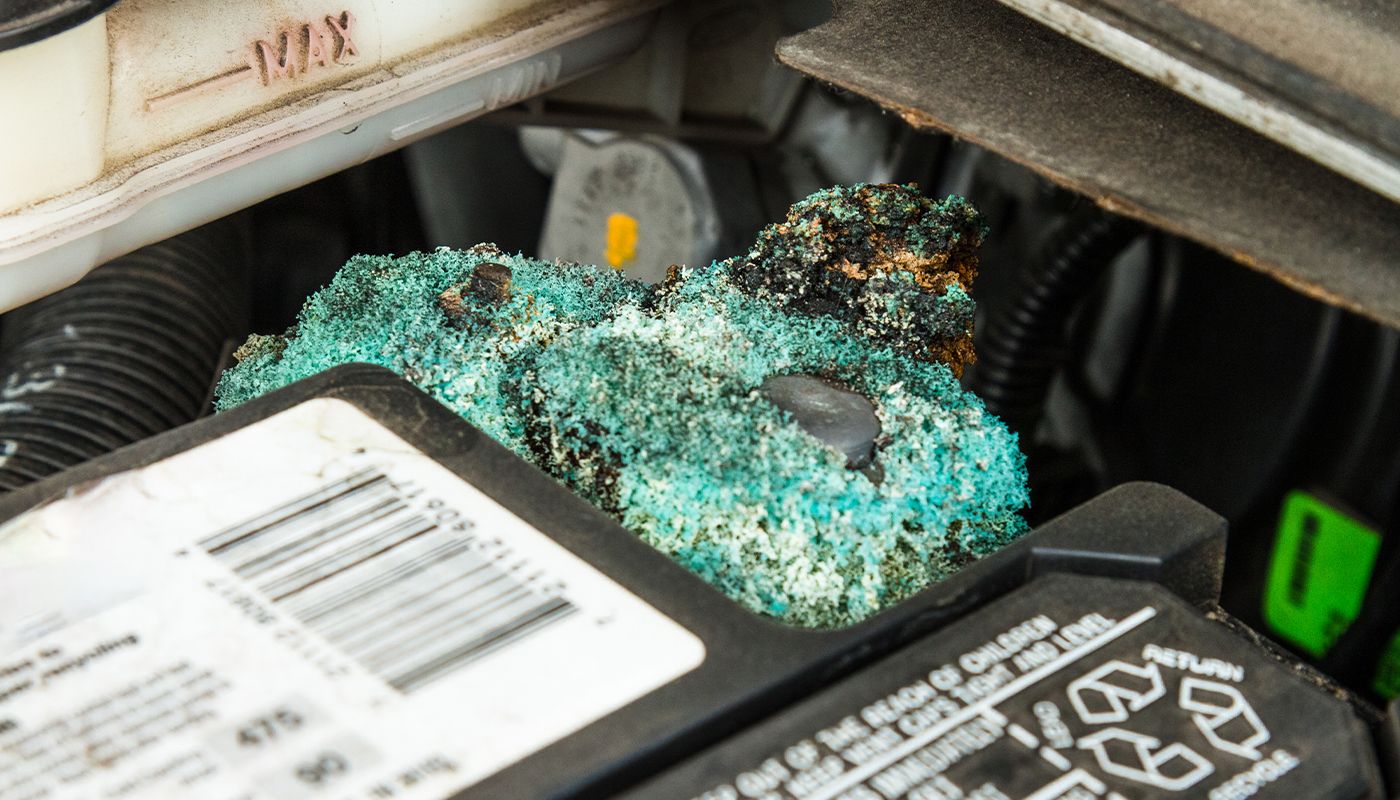 iStock
iStock
How to clean corrosion off a car battery
One of the main threats to the longevity of your car battery is corrosion. When hydrogen gas collides with air, moisture and salt, a chemical reaction takes place that results in corrosion on your car battery.
This corrosion can affect any of the electrical functions of your car, such as starting the engine and powering the headlights.
To clean the car battery, begin by disconnecting the battery. As you do this, inspect the cables for any damage, such as beat-up insulation or frayed wiring. If you find damage like this, it may be time to replace these cables to keep your car conducting electricity smoothly.
If you see corrosion (usually a powdery substance) on the battery, you can remove it with a wire brush. If this proves difficult, try dipping an old rag in a bowl of dark carbonated soft drink. Then take the damp rag and wipe down the affected area. (Don’t pour the soft drink on the battery directly, as this may result in getting liquid in places it shouldn’t be.)
Once you’ve cleaned and dried the battery thoroughly, reconnect the cables and see how your car runs. If you’re still having electrical issues, it may be time for a new battery.
Save on your next battery. AAA Members can save $22 off AAA branded vehicle batteries from NAPA Auto Parts.
Start Saving >>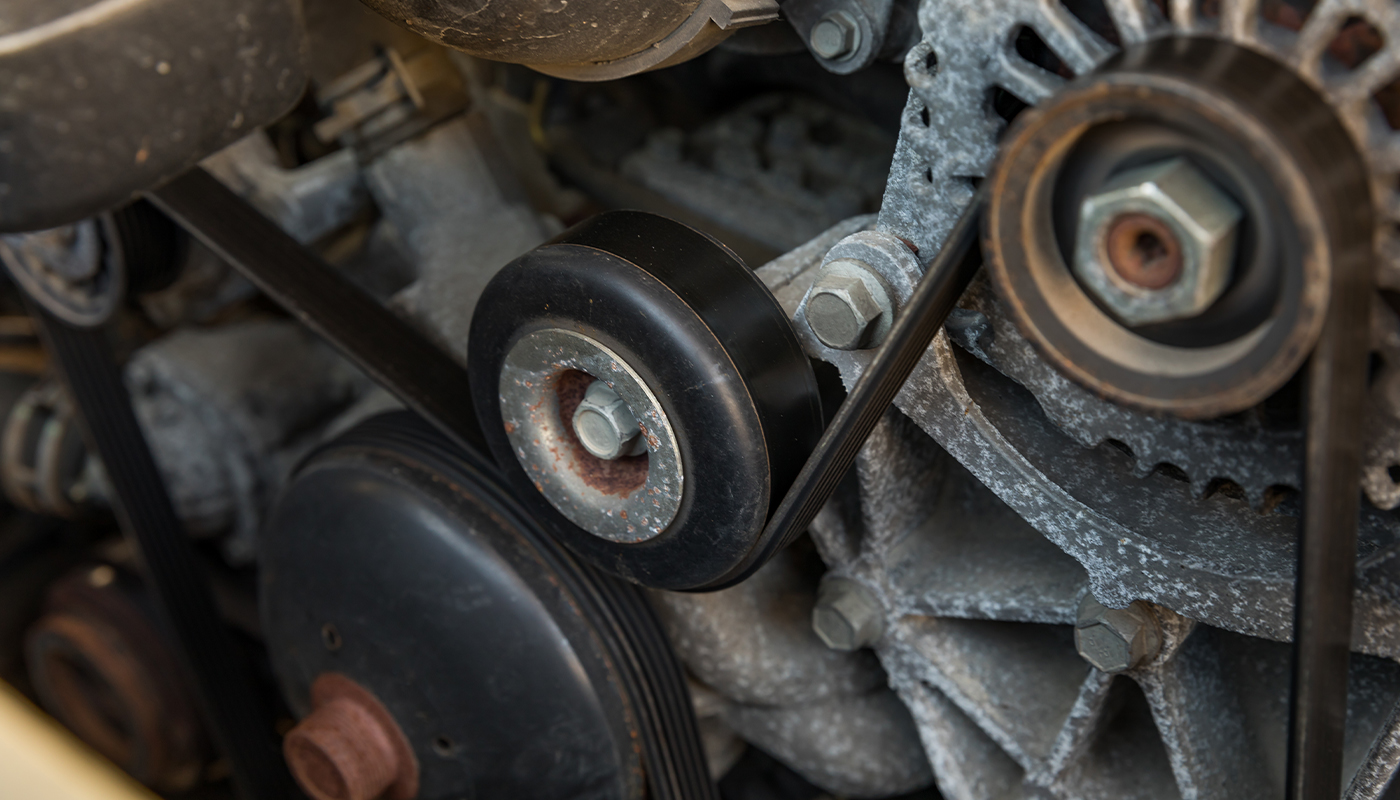 iStock
iStock
Preventive maintenance for serpentine belts
What is a serpentine belt?
The serpentine belt is a long rubber belt with V-shaped teeth running vertically along its surface. It connects and brings power to several different parts inside your engine, like your alternator, power steering pump, air conditioning compressor and more.
Wear and tear on the serpentine belt can cause all of these parts to function ineffectively. Pay attention to any unusual noises coming from your engine and consider replacing the belt if you find any cracking on it during a routine examination.
Do I need a serpentine belt tool?
There are socket wrenches that will work, but if you’re replacing the part yourself, a serpentine belt wrench can save you time and effort. This tool allows you to release the tension on the belt in order to remove it.
Shopping for a part? Save 10% on select parts, tools and accessories at NAPA Auto Parts.
Save in the Garage >>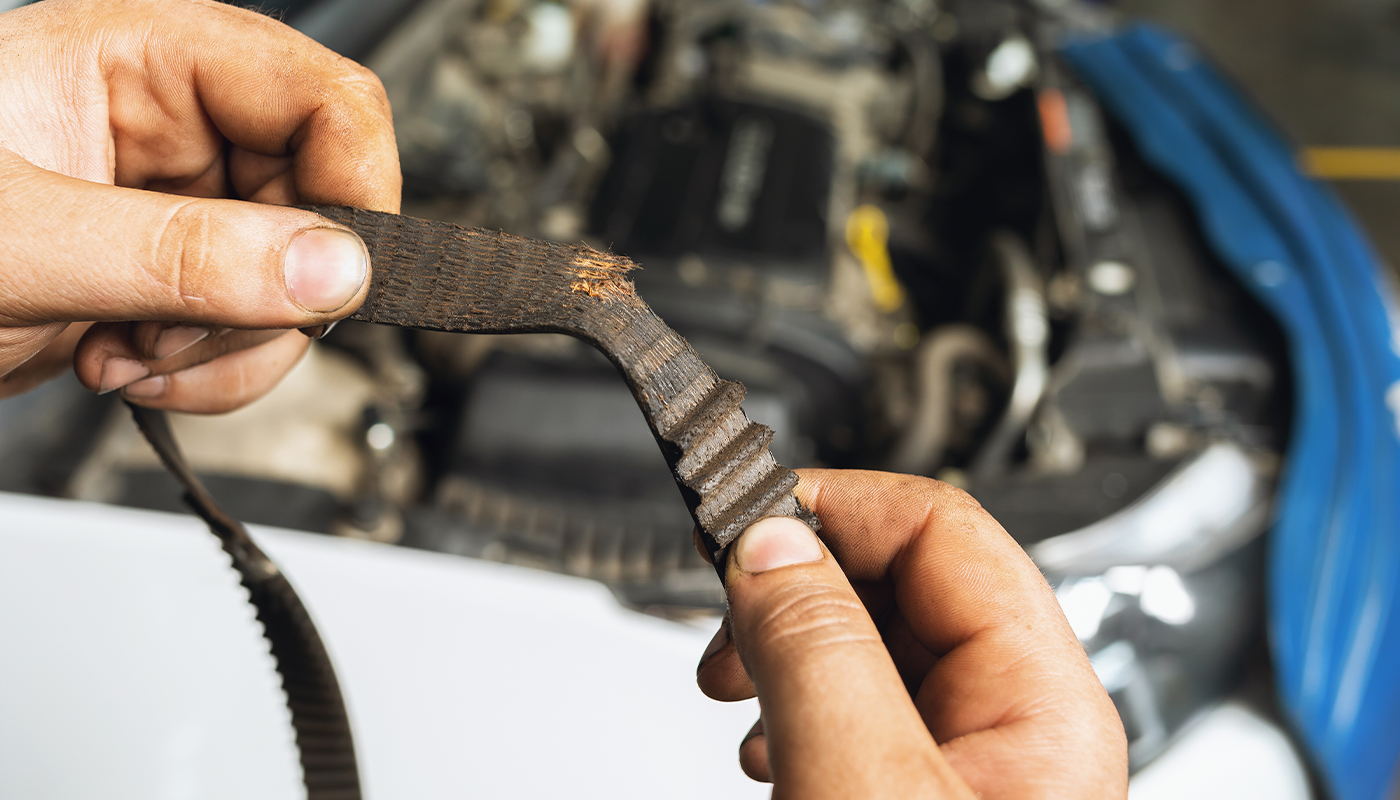 iStock
iStock
Serpentine belt versus timing belt
Some find the difference between the serpentine belt and the timing belt to be confusing. While the role of a serpentine belt is to bring power to certain internal parts of the engine, a timing belt’s role is to keep the exhaust valves opening and closing efficiently.
A quick way to tell the difference is that the serpentine belt will have V-shaped teeth, and a timing belt will have horizontal teeth running down its length.
Can my mechanic help with preventive maintenance?
One of the best ways to stay up to date on your maintenance is to routinely take your vehicle to the shop for a tuneup. Whether you’re requesting full service or seeking consultation for work you’re doing in your own garage, there are over 7,000 AAA Approved Auto Repair locations across the country.